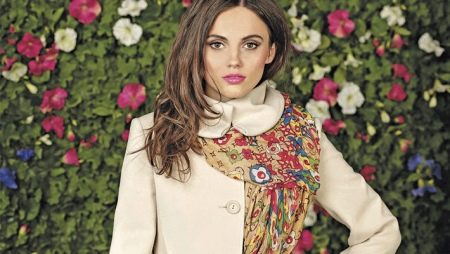Boiled wool coat

History of origin
The technology of making clothes from boiled wool was invented back in the distant Middle Ages by simple peasants living at the foot of the mountain peaks of Austria. The coarse, dark green sheep wool fabric was amazingly waterproof and kept you warm in cold weather. In Russia, such a fabric has been known since the second half of the 19th century, almost immediately with its appearance on the market, gaining wide popularity among fashionistas.

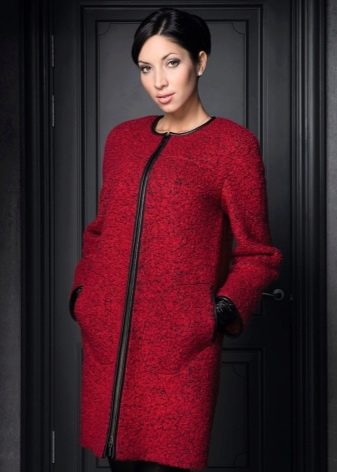
Nowadays, boiled wool, or as it is also commonly called, loden, is used to make coats, jackets, hats and scarves, as well as skirts. Some fashion designers even offer pantsuits in their fall-winter collections, as well as various accessories from this material.
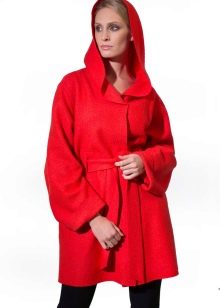
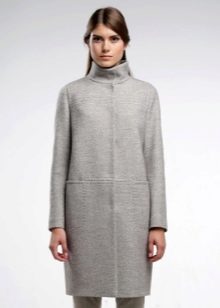
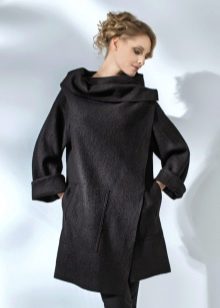
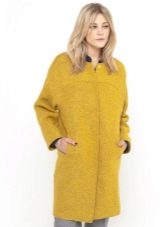
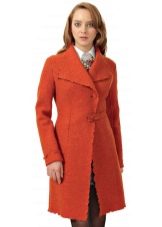
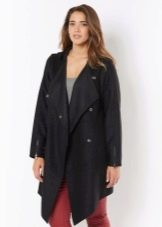
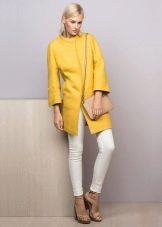
Features and Benefits
This fabric is unique, first of all, for its ecological qualities, it perfectly retains heat and at the same time is quite durable: thanks to the manufacturing technology, clothes made of boiled wool are very durable and do not crumble when worn. In addition, such fabric practically does not wrinkle, and in order to smooth out any irregularities, it is enough to let the product hang on a hanger in the cabinet, and it will smooth out on its own.

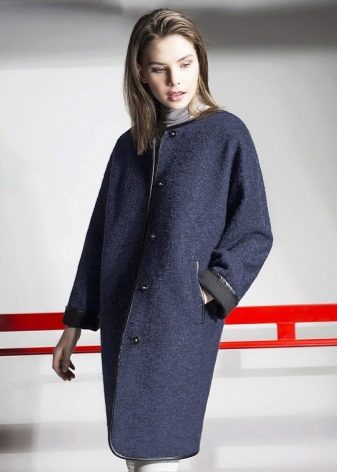
The fabric acquires all these properties as a result of a rather laborious production process, which has changed little since the Middle Ages: first, coarse sheep's wool is spun, then boiled in water with lye, as a result of which the fibers are compressed and shrinkage occurs.
All this gives the wool durability and water resistance, but at the same time does not weigh it down. Then the resulting canvas is painted, combed, decorated with various patterns and only then dried.
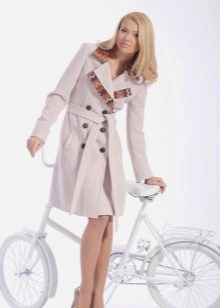
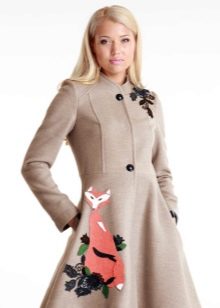

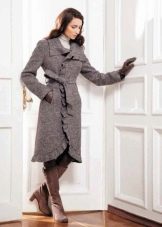
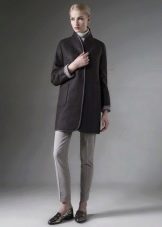
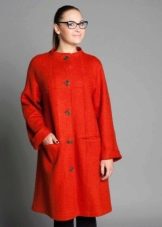
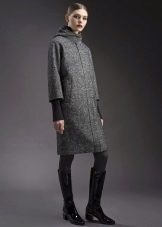
Models
The styles and shapes of the boiled wool coat are extremely diverse.The most classic version: the length is just below the knee, with several large buttons in the middle - this style is practical and versatile, but at the same time it is not devoid of elegance and chic.
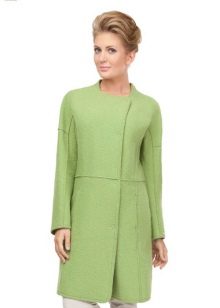
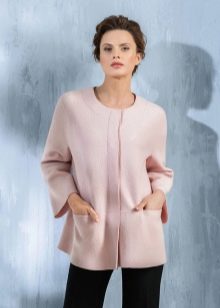

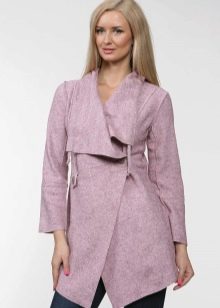
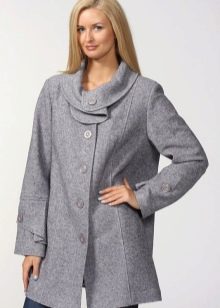
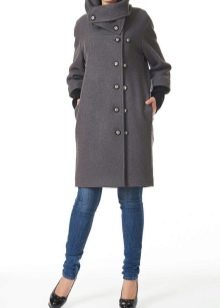
Another popular option is the British trench coat. The history of the design of this style has more than a hundred years. The coat is made in classic strict forms and is complemented by patch pockets and a wide belt. Such a product is most suitable for slender tall girls, and if there is a massive buckle in the belt, then it will successfully emphasize the lush breasts. The British trench coat will be a great addition to both a dress and tight trousers.


The overcoat is a style rooted in the military fashion of the 19th century and has been loved by fashionistas all over the world in the last few years. Quite a modest option that is suitable for any figure, as it hides the existing flaws and emphasizes the merits. It goes very well with shoes with high and medium heels.
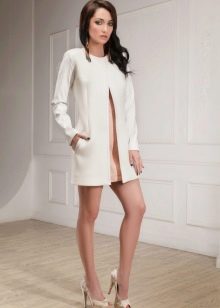
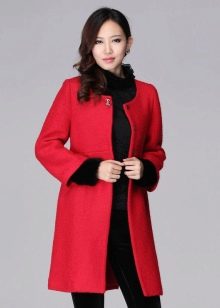
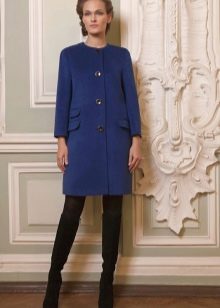
From year to year, a popular option is a medium-length short coat, insulated with fur. Such a product perfectly protects in bitter frosts and retains heat. In this case, the fur can frame both the hem of the coat and the collar. There are also options where the fur goes separately in the form of a cape.
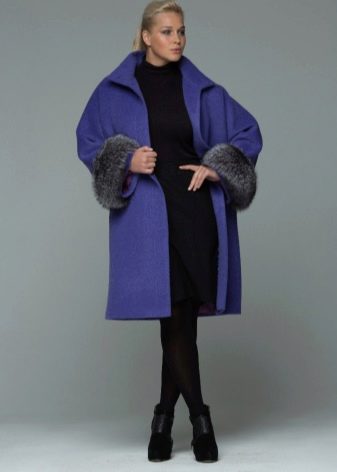


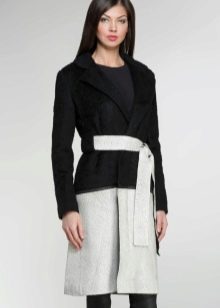

Today, an unlined boiled wool coat is very popular. This rather non-standard and fresh solution in tailoring is currently offered in various versions by designers all over the world, as it goes well with almost any clothing - both classic tapered pipe trousers and youth ripped jeans will look equally appropriate under it.
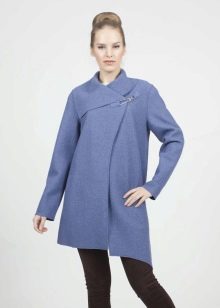

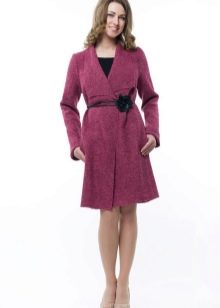
When to wear?
A boiled wool coat is relevant in any season, since there are models that are suitable for walking both on a cool summer day and in severe winter frosts. Don't be afraid to get caught in the rain in such a coat! Thanks to the Loden manufacturing technology described above, the fabric does not absorb moisture and dries quickly.
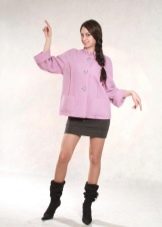

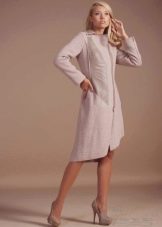

Some women of fashion specifically buy themselves short, below the knee coats made of boiled wool for trips by car in winter. This option is good because the lightweight fabric does not hinder movement, allowing you to feel comfortable and free behind the wheel.
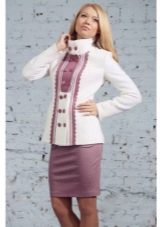
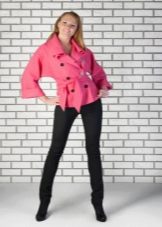


How to wash a boiled wool coat?
In general, Loden coats are surprisingly durable. They will serve their owner for more than one season, without losing their original appearance, if you follow a few simple rules for caring for the product:
- The hanger hanger must be the same size as your coat so as not to deform it.
- Use special covers for storing clothes.
- When ironing, use only a damp gauze cloth.
- If you are exposed to rain outside, dry the product on a hanger away from heat sources.
- Woolen fabric is prone to electrification, which means it attracts dust. Use a soft bristled brush to clean. To reduce electrification, you can use special antistatic agents for wool.
- Finally, wash your coat. If you do not want to turn to the services of dry-cleaning masters, you can wash off the dust and dirt yourself, for this not only a special brush is suitable, but also the "folk method" using bread crumb. It is necessary to spread the coat on a flat surface and sprinkle with bread crumbs on top. Then roll the crumb into small "koloboks" that will absorb dust, dirt and lint. After this procedure, it is enough to walk with a brush or just a damp hand over the surface of the coat.
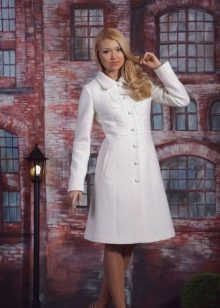
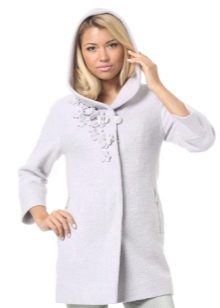
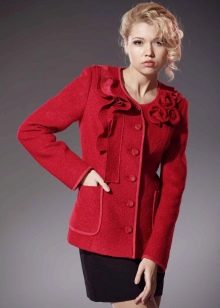

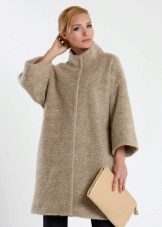
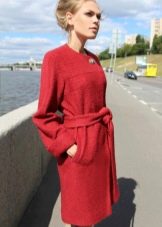
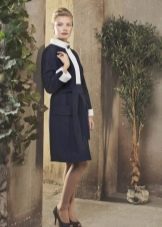
Reviews
Reviews of coats made of boiled wool are mostly positive. Customers note warmth, comfort, ease of wear. Many are simply delighted with the material that does not wrinkle or crumble.

True, some are repelled by the complexity of washing the product, which forces customers to give the thing to dry cleaning, and this is not always convenient and rational, as they think. In special cases, natural wool fabric is contraindicated for allergies.However, for most fashionistas, such chores are not a burden, because in the pursuit of elegance, you can close your eyes to some difficulties, because beauty, as you know, requires sacrifice.
